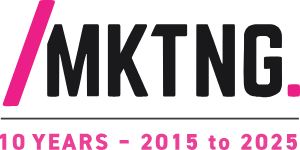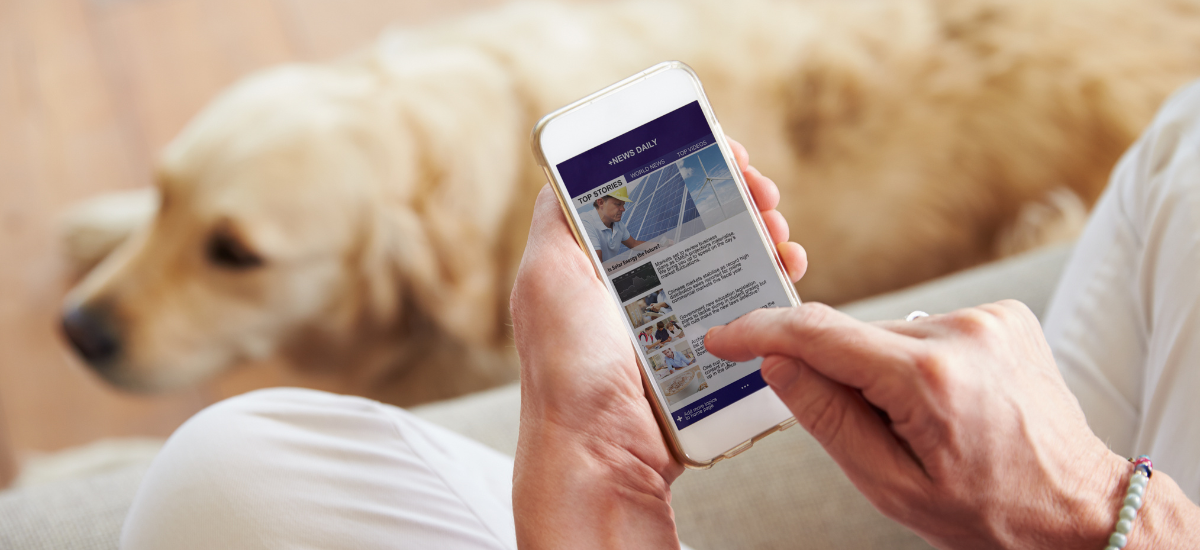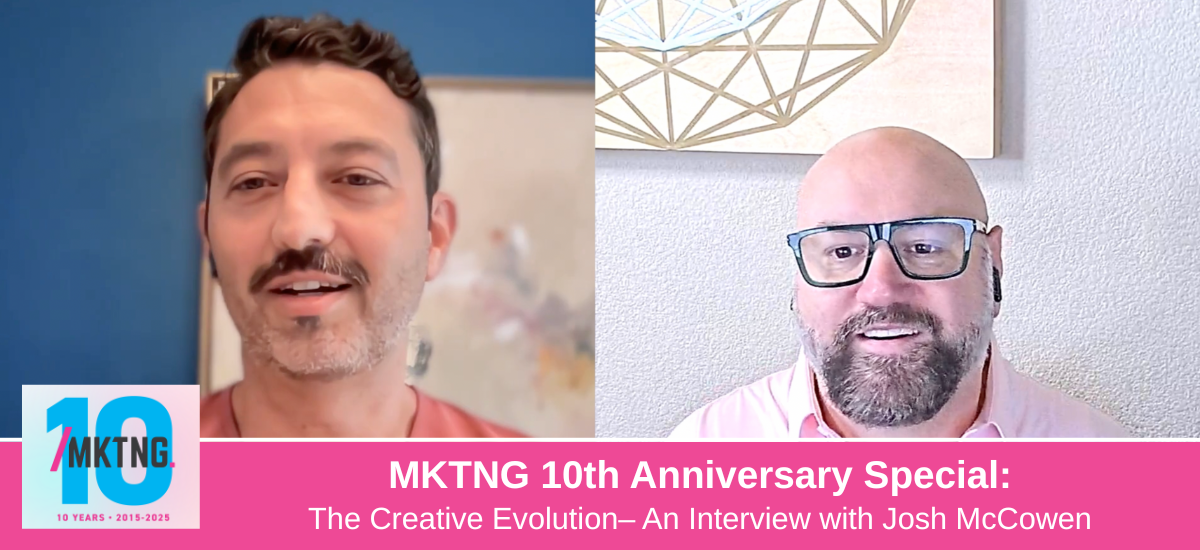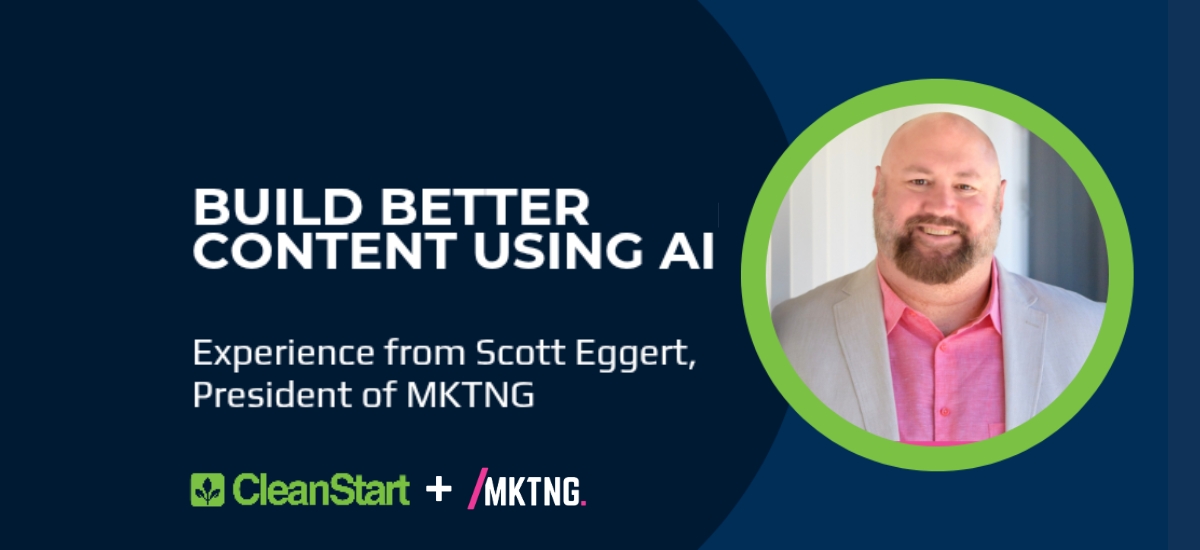National media coverage can feel like winning the PR lottery. There’s nothing quite like telling a client, “We landed the Washington Post” or “CNBC wants you on tomorrow” or “Joe Rogan read your book, when can you fly to Austin?”
-
Before: Prepare your digital infrastructure for increased traffic. Is your website ready? Are conversion pathways clear? Do you have follow-up content ready to engage new visitors? What’s the call to message? Have you created a summary blog post (linking back to the media/podcast source)?
-
During: Create a real-time amplification plan across owned channels. How quickly can you share the coverage? Which stakeholders need immediate notification and on which platforms? Which media and podcasts should receive an ICYMI (In Case You Missed It) to spur new interviews?
-
After: Develop a strategic repurposing calendar. How evergreen is the content? How can this coverage feed your content ecosystem for weeks or months to come? Should you record a corresponding video and/or podcast to go deeper on the subject?
-
Using coverage as third-party validation in future pitches
-
Creating content packages that combine multiple pieces of coverage to tell a cohesive story
-
Identifying related angles that weren’t covered in the original piece for follow-up pitches
-
Leveraging timely national conversations (even those not mentioning your organization) to secure local commentary opportunities
The Multi-Directional Media Flow
Perhaps the most overlooked aspect of media relations is understanding how stories travel between different tiers of media and podcasts. Generally speaking, you have hyper-niche/local, niche/local, statewide, regional, national, and international, and industry/sector. Whew!
-
Local to national: Regional stories with broader implications frequently get discovered by national producers scanning local outlets
-
Industry to mainstream: Trade publications often serve as research sources for mainstream reporters looking for emerging trends
-
Digital to traditional: Social conversations and digital-first content regularly spark interest from legacy media outlets
The Bottom Line
Don’t measure success by the prestige of the placement alone. Evaluate media and podcast coverage based on how effectively it advances your strategic objectives and how successfully it’s integrated into your broader communications ecosystem.



